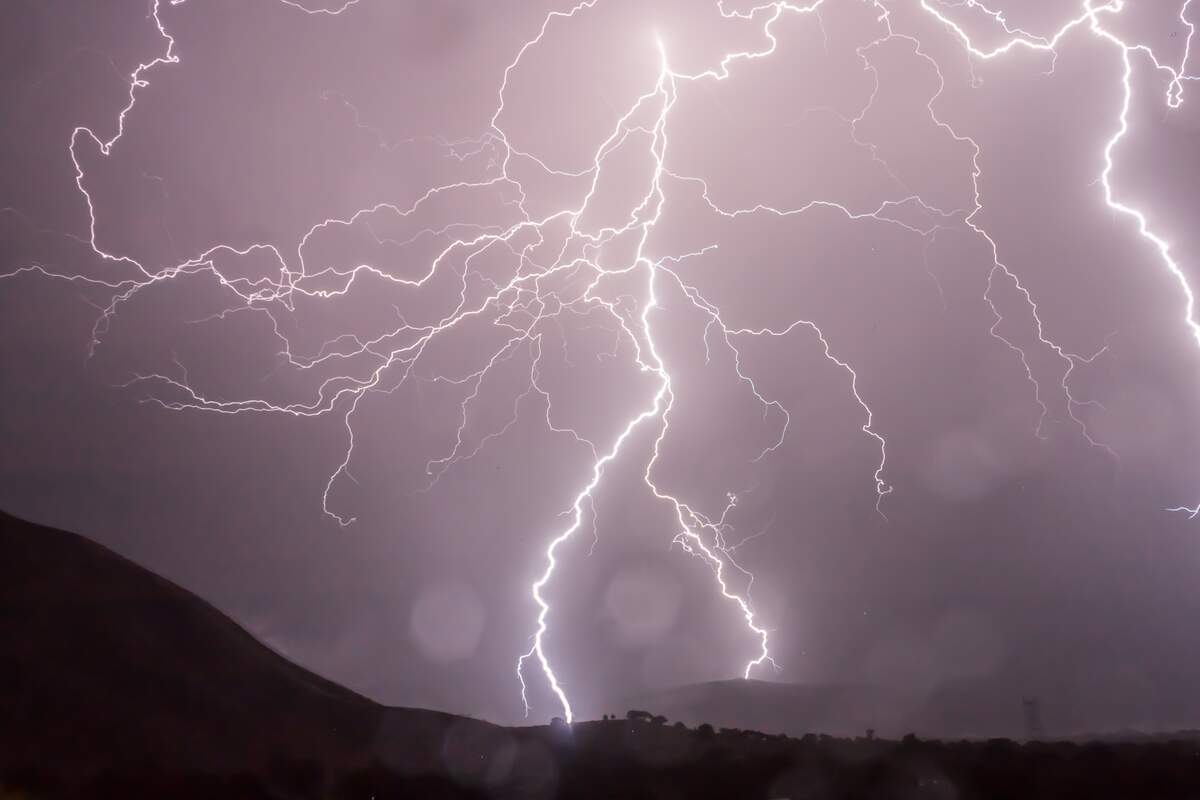

National Static Electricity Day
There are two types of electricity: the kind that moves along a current, and the kind that accumulates on the surface of an object. Because the second type is unmoving, or static, it is called static electricity. It is this type of electricity that today is dedicated to.
Objects are made of matter, and matter is made of atoms. Usually atoms are electrically neutral, and do not have a positive or negative charge; they have the same number of protons, which hold a positive charge, and electrons, which hold a negative charge. In an atom, electrons are on the outer cloud surrounding the nucleus. Sometimes when surfaces come into contact with each other, or brush against each other, and then separate, an electron comes off, making an atom have a positive charge. The bumped off electron can be collected by another atom, which gives that atom a negative charge. This imbalance between negative and positive charges in objects is static electricity. Eventually the static electricity discharges and flows to its surroundings. As this happens there is a spark.
Some objects such as glass and wool, and human skin and hair, are more likely to accumulate electric charges and have static electricity. The Triboelectric Series is a list of materials that are ranked by their ability to gain positive or negative charges. Static electricity can be annoying, fun, useful, or dangerous. Here are some noteworthy ways people come in contact with, or hope not to come in contact with static electricity:
- Socks (or other clothing) that rub together in a dryer may cause static electricity.
- Taking off a hat—electrons from the hat go to your hair to make it stand up; hairs have the same charge and are trying to get away from each other.
- Rubbing a balloon on your hair and sticking it to a wall—similar to when you take off a hat, your hair will stand up; electrons are added to the balloon, which can stick to a wall, which is more positively charged.
- Hair can also be made to stand up by using a Van de Graaff generator.
- Shuffling feet across carpet—your body gains more electrons; they are released when you touch something such as a doorknob or your cat.
- Lightning—clouds develop zones of static charge; warm water droplets exchange electrons with cold ice crystals; lightning can exceed 300,000 volts and can be deadly.
- Gas stations—shocks that occur when pumping gas can cause fires; static electricity can build up from clothing rubbing on car seats after repeatedly getting in and out of a car when pumping gas; if you re-enter your vehicle after you begin fueling, make sure to touch a metal object before touching the pump handle again.
- Capacitors—static electricity can be useful in storing energy, such as in the capacitors of older computers and televisions, but these can also be dangerous as up to 25,000 volts of electricity can be in them after being turned off for a few days.
How to Observe National Static Electricity Day
Celebrate the day by avoiding static electricity in dangerous situations, or by enjoying it by rubbing balloons on your head and sticking them to walls, or attracting aluminum cans with them. Static electricity is more common in cold, dry weather, so maybe this is why National Static Electricity Day takes place in January. This should make it easier to celebrate the day if you live in the Northern Hemisphere!





















